The domestic cat, scientifically known as Felis catus, is a small yet majestic creature that has fascinated humans for millennia. Unlike their canine counterparts, cats have maintained many traits of their wild ancestors, primarily as skilled solitary predators. This article delves into the evolutionary journey that shaped the modern cat, highlighting how and why they became adept hunters adapted to solitary lifestyles.
The Ancestry of Cats
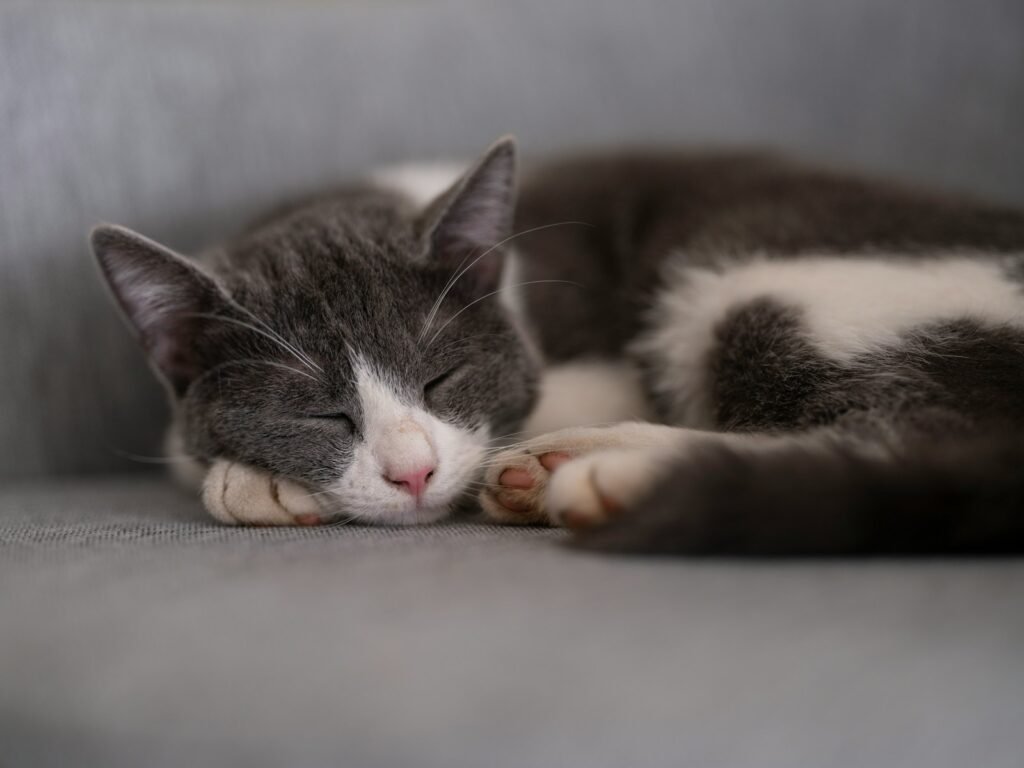
The evolutionary lineage of cats dates back nearly 10-15 million years. Cats belong to the family Felidae, which is part of a larger order known as Carnivora. The earliest known ancestor of modern cats is the Proailurus, which lived in Europe about 25 million years ago. Over time, these primitive cats evolved into the diverse array of felines we recognize today, ranging from the majestic lion to the agile house cat.
Adaptations for Solitary Hunting
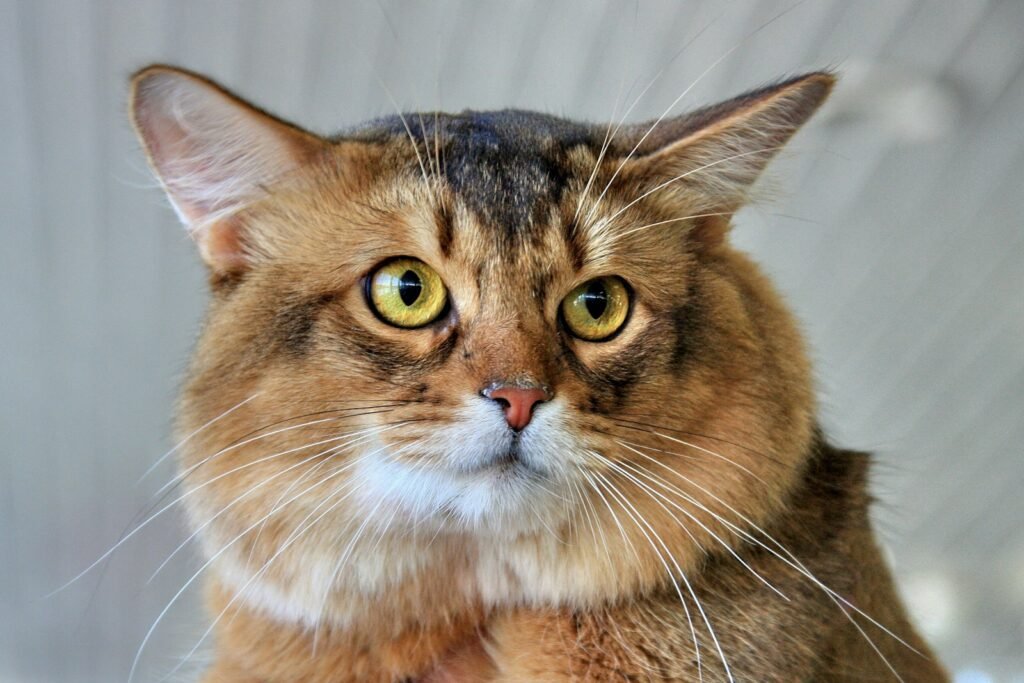
Cats evolved characteristics that made them highly efficient hunters. Their retractable claws, keen sense of hearing, and exceptional night vision allow them to stalk and ambush prey. Unlike pack animals that rely on cooperative hunting, cats developed a suite of physical and behavioral traits tailored for solitary living, enhancing their ability to survive even when food resources are scarce.
Physical Characteristics Contributing to Predation
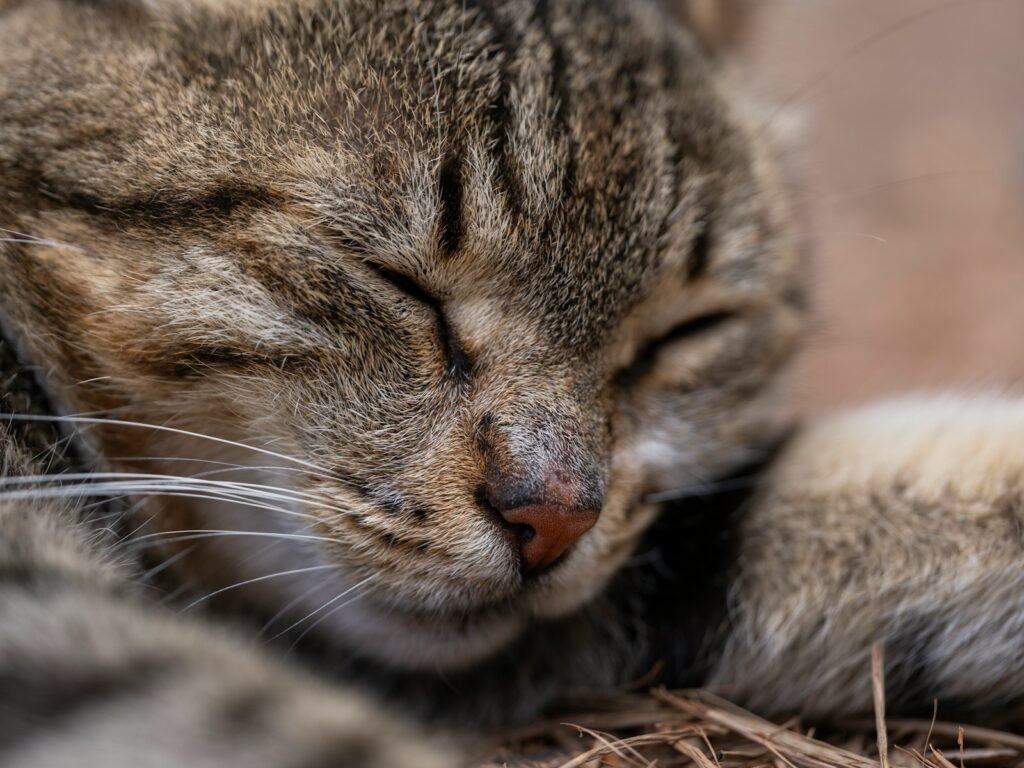
The body structure of cats is a perfect embodiment of the predator lifestyle. With lithe, muscular bodies, flexible spines, and powerful hind legs, they can leap great distances and accelerate rapidly. Their sharp, retractable claws and sharp canine teeth are key tools in subduing prey. These physical attributes evolved as vital components for solitary hunting, where each hunt could mean the difference between life and death.
The Role of Senses
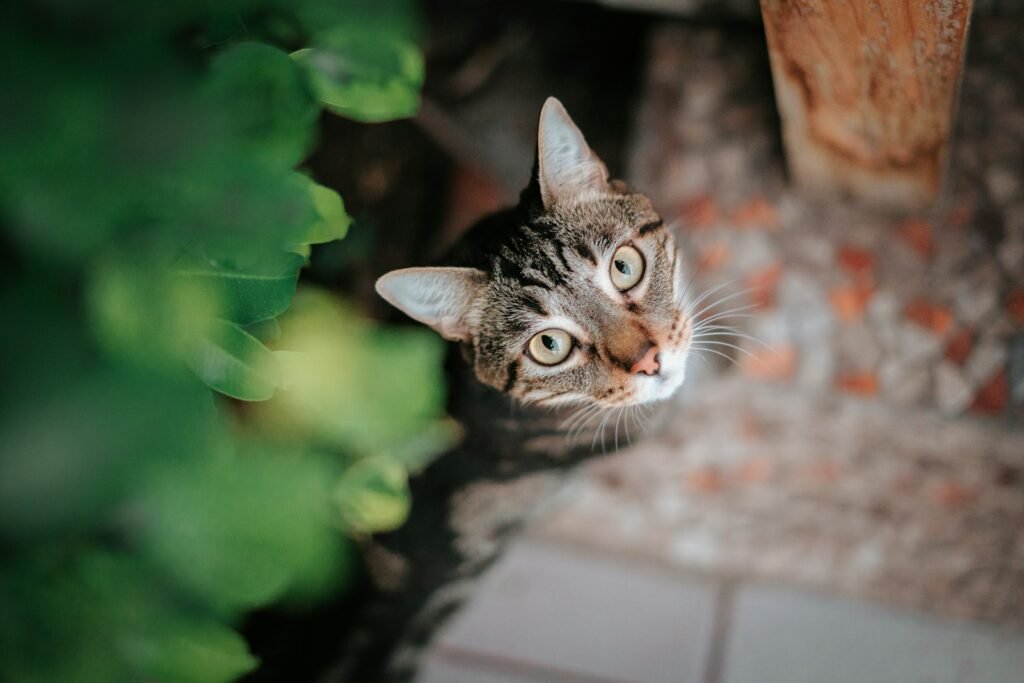
Cats are equipped with acute senses that set them apart as stealthy predators. Their large eyes, endowed with a high number of rod cells, grant them superior night vision—an advantage for nocturnal hunting. Their ears, capable of detecting ultrasonic sounds, allow them to hear the high-pitched communication and movements of rodents. Their sense of smell, although not as developed as in dogs, is finely tuned to detect pheromones and other scent markers.
Behavioral Traits
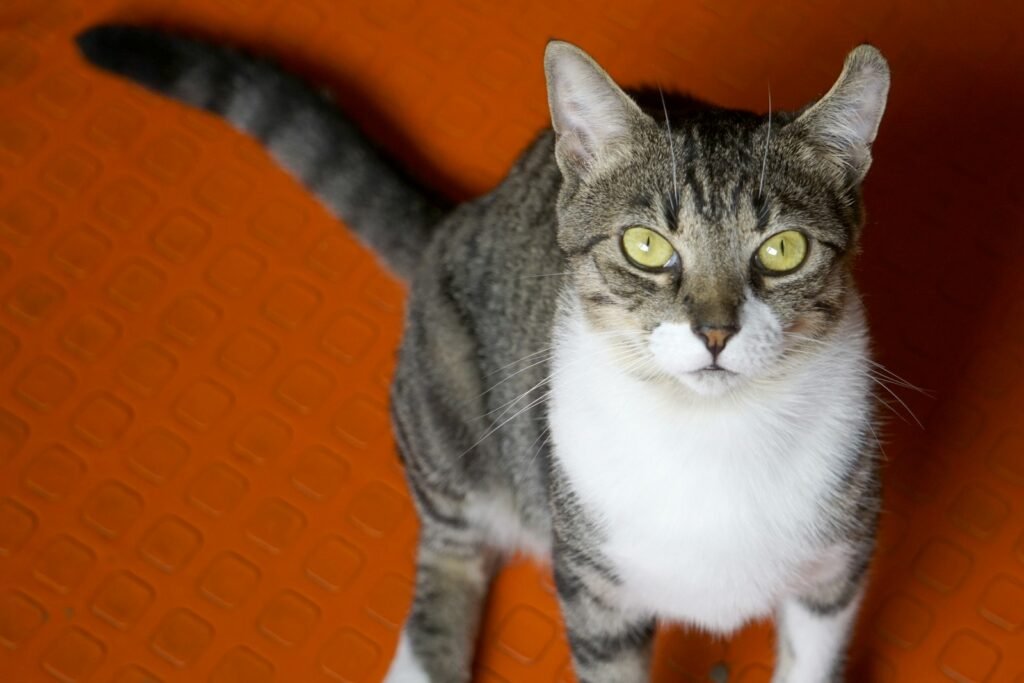
The behavioral tendency of cats to be solitary by nature has its roots in predation. Unlike social animals, solitary hunters such as cats need to be self-reliant and cautious, avoiding unnecessary interactions that could lead to conflict or injury. This solitary nature is a crucial survival strategy, minimizing competition for resources and diminishing the risk of detection by predators.
Cats and Territory

Cats are territorial animals, with each individual marking and defending their own space from intruders. This territorial behavior is linked to their solitary lifestyle. Secure territory ensures a steady supply of food and reduces encounters with rival predators. Cats mark their territory using scent marking, vocalizations, and visual signals like scratching, thereby communicating their presence without direct confrontation.
Feeding Habits and Preferences
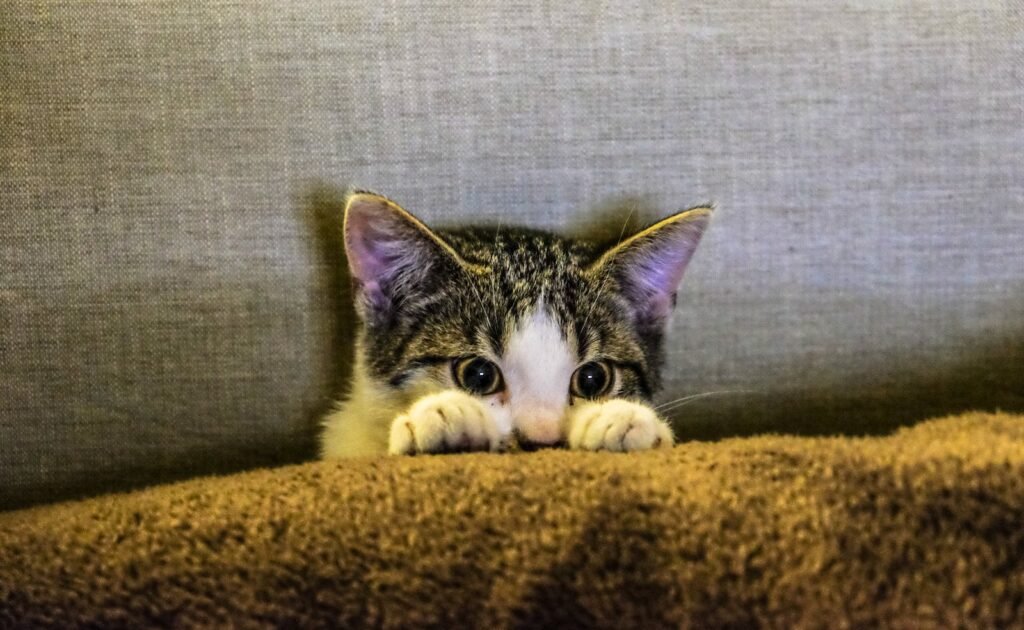
As obligate carnivores, cats’ dietary preferences reflect their evolution as solitary predators. They primarily hunt small to medium-sized prey, such as rodents, birds, and sometimes insects. Their digestive systems are highly specialized for a meat-based diet, requiring high protein intake for optimal health. This reliance on animal protein is a constraint that reinforces their solitary hunting ethos, as they must ensure access to sufficient prey within their territory.
Social Interaction Exceptions

While cats have evolved as solitary predators, they do occasionally engage in social interactions, particularly during mating and when raising young. Female cats typically raise their kittens alone, teaching them essential hunting skills before they disperse. On rare occasions, related or bonded individuals may form small groupings known as colonies, especially in environments where food resources are abundant, demonstrating that cats can adapt their social behavior when necessary.
The Impact of Domestication
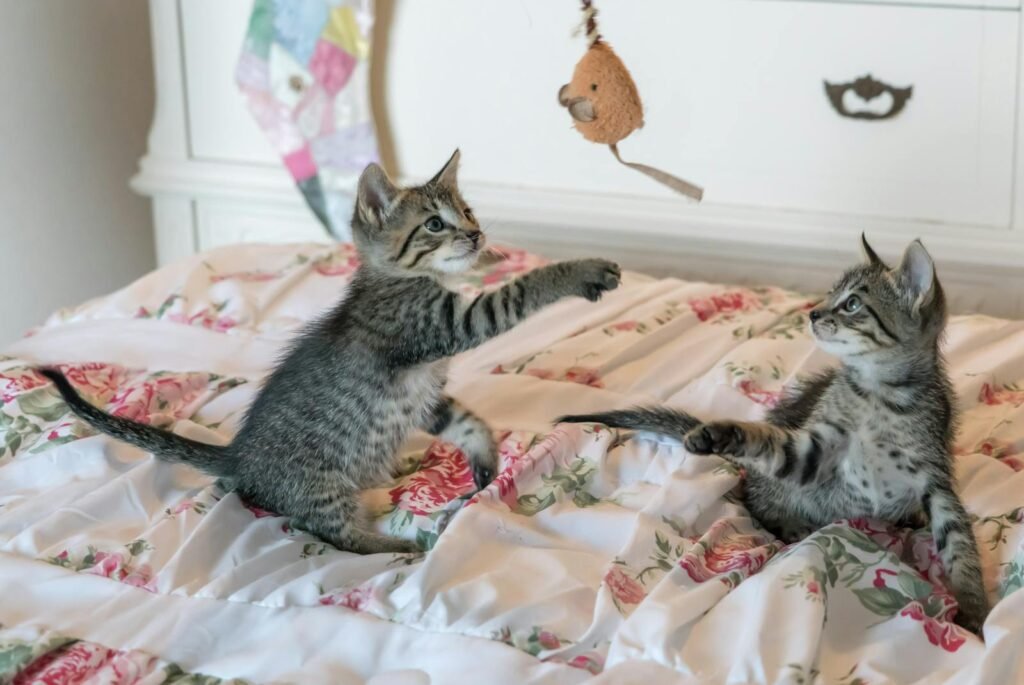
Despite thousands of years of cohabitation with humans, domestic cats have retained much of their ancestral predatory and solitary traits. Unlike other domesticated animals, cats chose human company primarily for mutual benefits, such as pest control. Though they have adapted to live with humans, modern cats still exhibit hunting behaviors, and their solitary roots can be seen in their independent and aloof demeanor.
Conclusion: Celebrating the Solitary Predator

The evolutionary trajectory of cats as solitary predators has bestowed them with unique adaptations and behaviors that make them captivating companions today. Understanding their origins and predatory nature allows us to better appreciate their role in both the animal kingdom and our homes. As we continue to share our lives with these enigmatic creatures, the story of their evolution offers a rich tapestry that speaks to the resilience and adaptability of the feline species.
Hi, I’m Bola, a passionate writer and creative strategist with a knack for crafting compelling content that educates, inspires, and connects. Over the years, I’ve honed my skills across various writing fields, including content creation, copywriting, online course development, and video scriptwriting.
When I’m not at my desk, you’ll find me exploring new ideas, reading books, or brainstorming creative ways to solve challenges. I believe that words have the power to transform, and I’m here to help you leverage that power for success.
Thanks for stopping by, Keep coming to this website to checkout new articles form me. You’d always love it!






